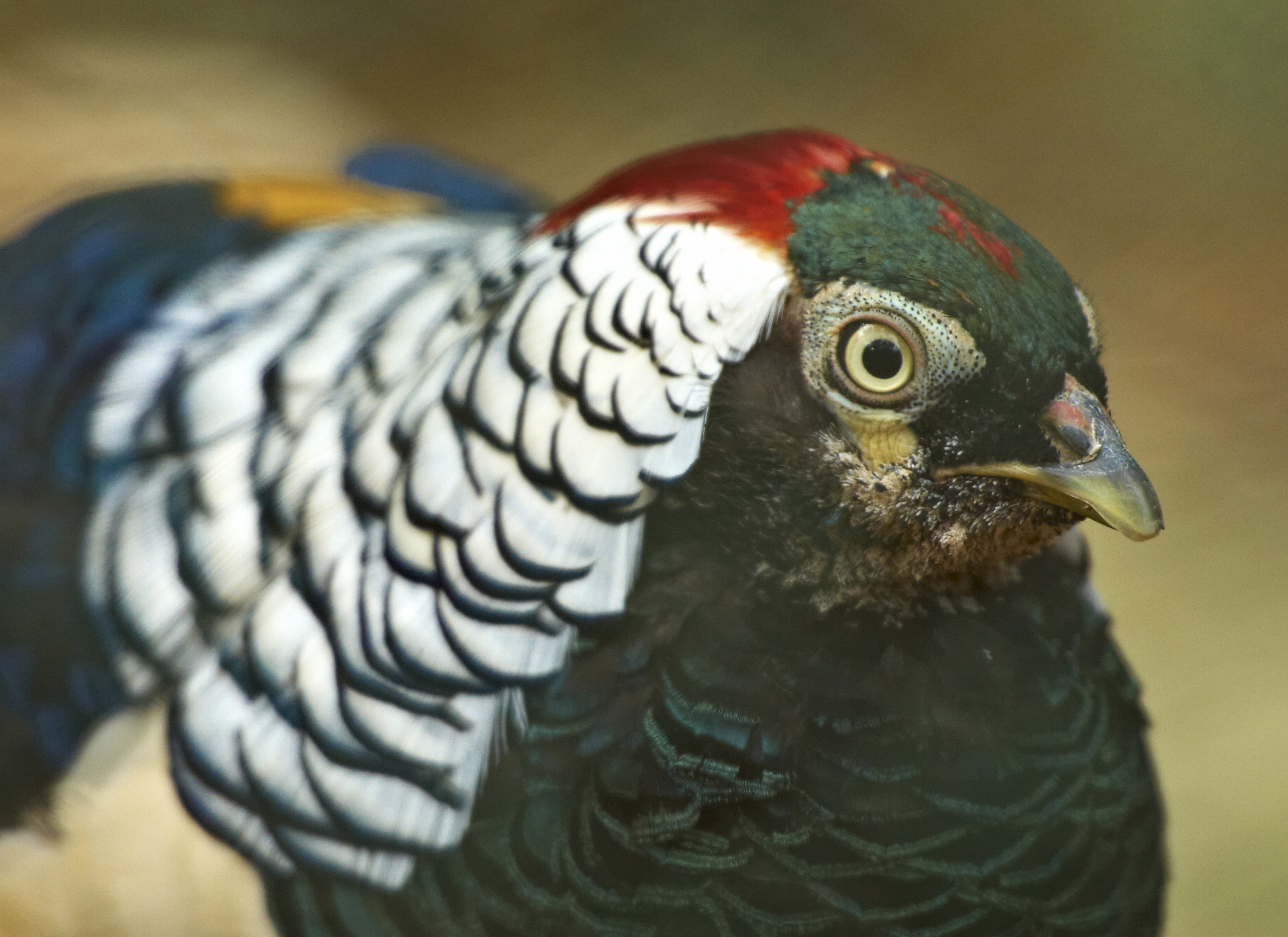Southern India has a lot to offer in terms of wildlife. Cities are encroaching on wildlife areas and in a growing India, land is only judged on its economic output. So, many in the conservation field have gone the eco-tourism route. While money helps in wildlife protection, along with it come large numbers of people often being obtrusive in order to get their "money's worth". Tourism has also been the source of pollution and road kill - of increased animal-human conflict. Perhaps, educational tourism is needed instead? Responsibility comes along with the experience.
For most people a Zoo is where they have their first interaction with a "wild animal". This is where they learn how to treat them. And this is where education must start.
Mysore is a historical city in Karnataka used as a hub by many travellers. It has access to many historical sites and wildlife sanctuaries and it also has a zoo.
The zoo has many programs that have the right spirit at heart: they provide large enclosures, the animals look happy and healthy (a rare sight at most other Indian zoos), and they institute a novel and clever no-plastic policy. People entering the zoo deposit Rs. 10 per plastic bottles at the gate, and if they bring the bottle back out, they can collect their money upon leaving the zoo.
However, with upwards of 3.1 million people (San Diego Zoo gets 3.4 million a year), they face a serious challenge in terms of providing enough educational materials for everyone. Many groups of children whizz pas the 1000+ animals, ocassionally poking fun at some of them, which is a loss for wildlife and conservation education. Perhaps a docent program, or guided tours of different durations, might allow the staff to manage the crowds, control the flow of people, and educate them as they leave the site.





